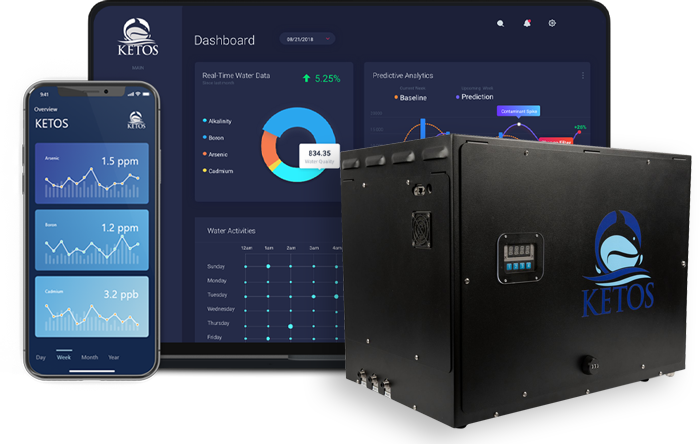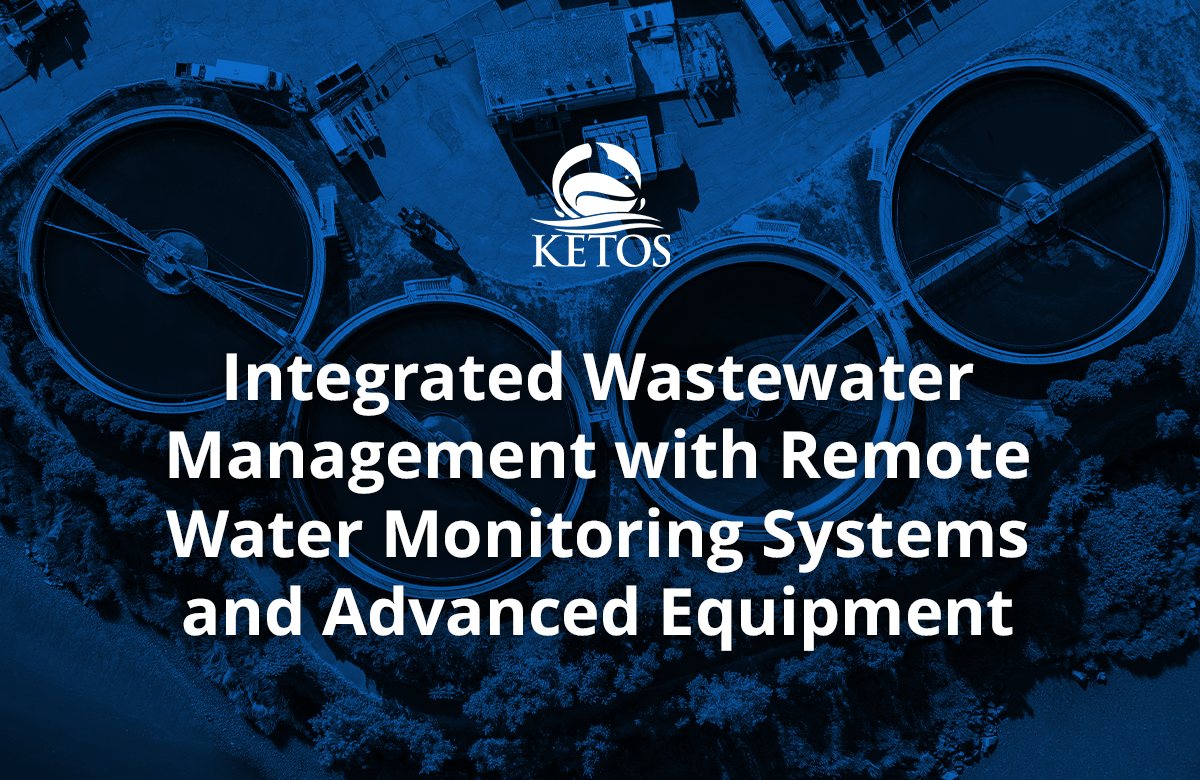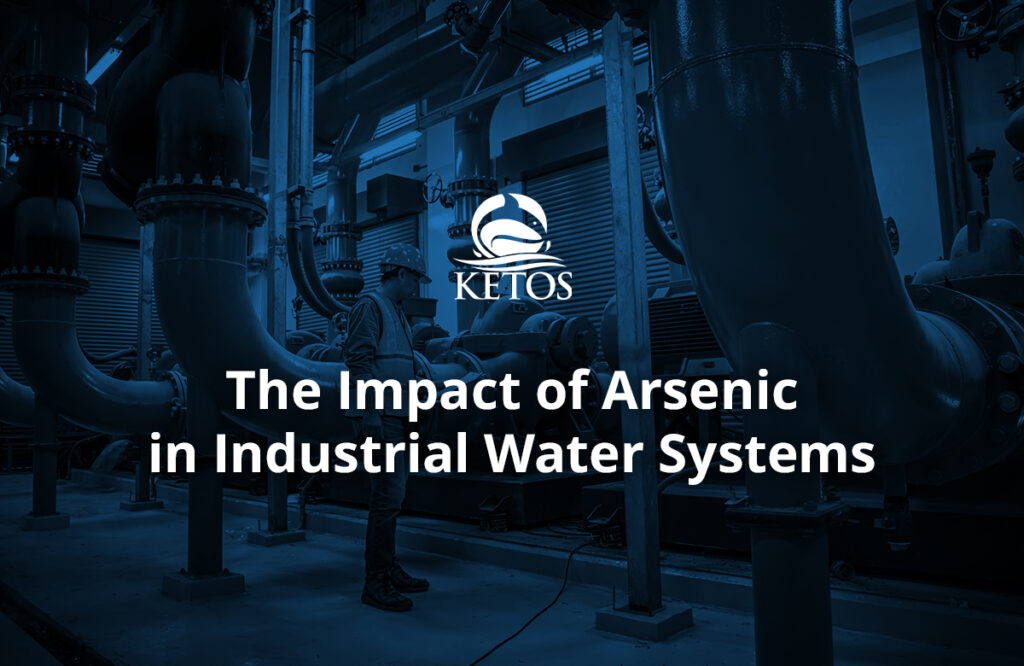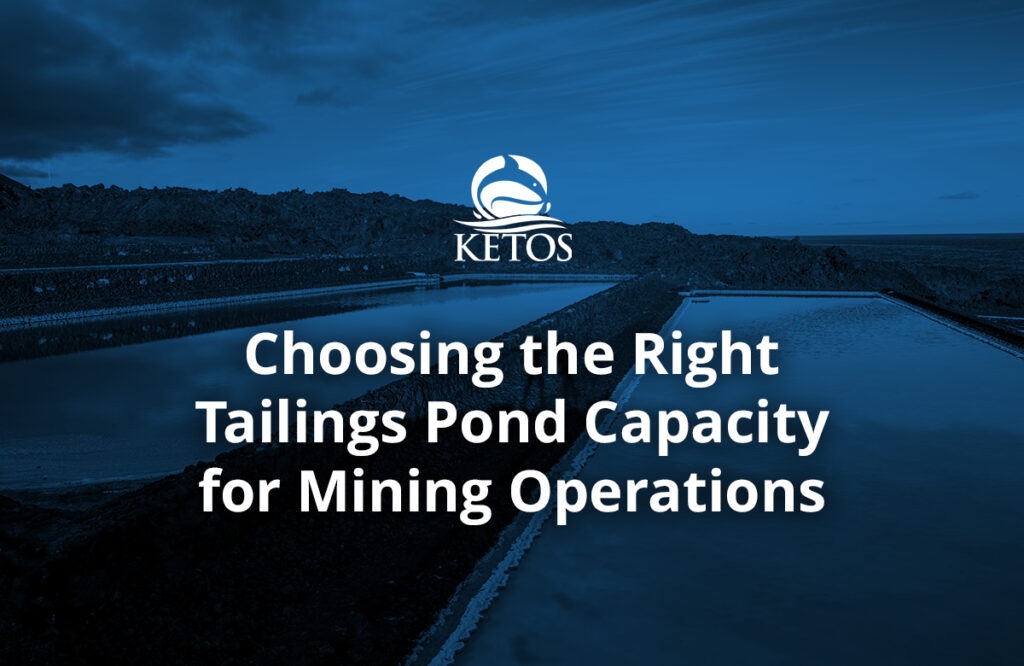Remote water monitoring systems allow facility operators to keep an eye on environmental conditions as well as the status of important equipment. At wastewater management facilities, operators are now relying on computerized systems to operate plant processes and equipment, including off-site pumping stations. Integrated wastewater management systems help operators keep things running smoothly, and efficiently, and save costs on overhead.
What Is Wastewater Remote Monitoring?
With advances in technology, remote monitoring systems can be used to electronically collect information via sensors from one location and transmit it securely to a different location. Many remote monitoring systems use AI to review the data and predictive analysis to make assessments and recommendations regarding maintenance or upgrades. This technology is especially useful for operators who are offsite but can monitor a facility’s operations using their smartphone or other device, no matter where they are located.
In integrated wastewater management, operators can monitor pump or lift stations from a wireless connection on a phone, desktop computer, or tablet. This remote water monitoring equipment provides them with real-time information about critical processes and equipment. Wastewater operators can track information such as the wastewater or lift station pump’s current status, number of pump cycles, operation run-time hours, level of wet well, alarm, pump failures, AC power failure, and more.
The Benefits of Remote Wastewater Monitoring Systems
Wastewater treatment plants depend on the continuous, networked operation of many large, expensive assets. The effectiveness of the treatment system relies on the performance of these assets, which include pumps, valves, collection stations, lift stations, mechanical plants, and more. Installing a remote water monitoring system with sensors at key points can benefit a wastewater management facility by:
- Lowering risk and improving operations at wastewater treatment plants.
- Reducing operational costs by reducing personnel.
- Alerting operators to problems before they become emergencies.
- Providing easy access to a wide range of live data and analysis, for a better look at the “big picture.”
- Immediately notify operators of any part or system failure.
By installing sensors at the sites of important assets, facility operators gain insight into the real-time operation of equipment and environmental conditions across their networks. These remote sensors can detect important conditions such as water flow rate, water level, water temperature, and equipment conditions (pump oil pressure, temperature, and fuel levels).
If a sensor detects a condition outside of a predetermined normal range, it sends an alert to facility operators who can then correct the problem immediately. This consistent, proactive approach allows them to spot problems before they become emergencies, and to perform routine maintenance without losing productivity or being forced to shut down the facility to address a larger problem.
Key Features For Remote Water Monitoring Equipment
At its most basic level, remote water monitoring equipment should alert you to equipment issues that threaten your facility, whether workers can be found onsite or it is unattended. Simple systems provide remote monitoring capabilities and early warning systems, while more advanced systems include technology like data logging capabilities and unlimited storage options. These advanced, remote water monitoring systems gather data and push it to the cloud, where it can be analyzed and stored. Operators can remotely monitor the status of multiple facilities using this integrated wastewater management platform via smartphone, desktop computer, or tablet.
Remote water monitoring systems generally allow operators to do the following:
- Access real-time reports
- Check the status of specific equipment
- Review alarm history
- Receive immediate notifications of threats to a facility
- Get alerts regarding power failures or other problems at the treatment plant
Armed with constant knowledge of network conditions, facility managers can more accurately schedule maintenance, allocate resources, and respond to emerging situations. The data collected by the remote water monitoring system can be analyzed to yield strategic insights, which can inform future investments. Remote monitoring in wastewater treatment plants provides both immediate and long-term benefits for the overall operation.
Additional Benefits Of Remote Monitoring Systems At Wastewater Facilities
An additional benefit of remote monitoring systems is improved physical security. Remote sensors can be used to monitor motion sensors, door controls, or video cameras in mechanical plants, lift stations, or even manholes. This notifies security personnel of unauthorized access to a particular facility or location, improves their ability to identify perpetrators, and protects valuable equipment from theft, vandalism, or sabotage. Integrated wastewater management not only saves money and improves operational efficiencies, but it also increases the safety profile of each plant exponentially.










